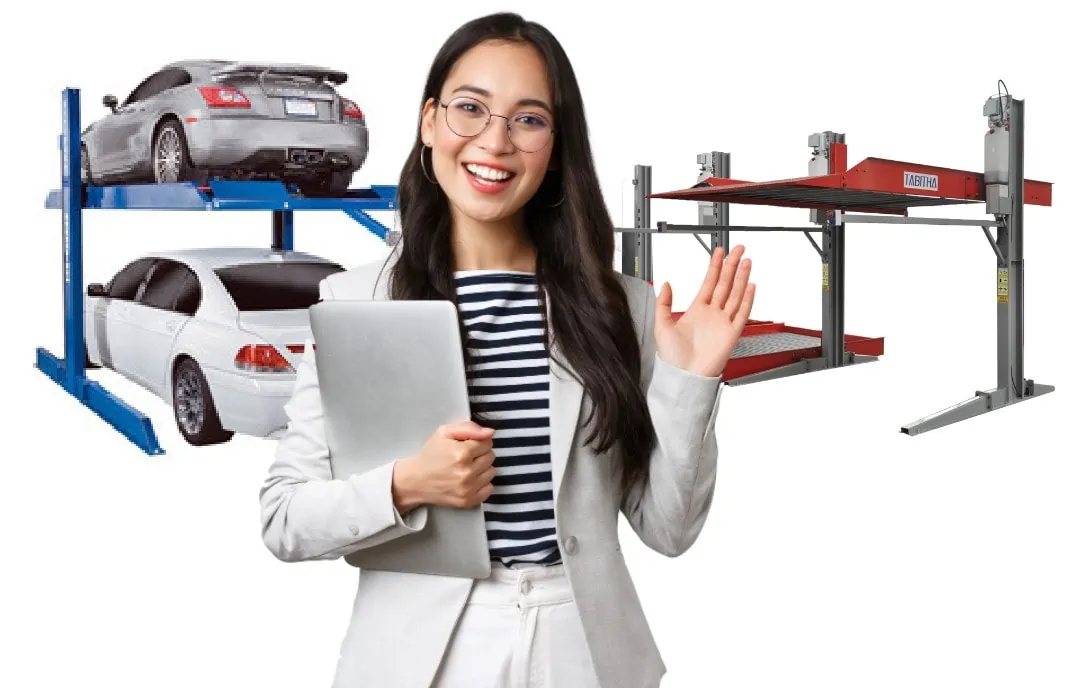General Questions
Automated Parking systems rely on technology similar to what is used in manufacturing and warehouse facilities worldwide for cost effective movement of materials, pallets, etc.
Automated Parking uses computer-controlled vertical lifts and horizontal shuttles or robotic valets to transport vehicles from an arrival area to a remote compartment for storage without human assistance.
It depends on the system. But in essence, the driver’s experience of an automated parking system begins as the driver drives onto a platform and parks their vehicle with the help of sensors. The user gathers their belongings and exits the vehicle.
There are many benefits to automated parking systems. One benefit is that you can fit twice as many vehicles or more in the same space utilized for a conventional garage or use half or less the real estate space for the same number of cars.
Other benefits include less excavation for below grade garages or more leasable/sellable square footage for above ground garages.
Many green aspects are inherent to Automated Parking systems such as additional open space for parks, elimination of carbon emissions, no water/oil runoff, etc.
In addition to the smaller building size and increased parking capacity, Automated Parking Systems virtually eliminates vandalism, theft, weather damage, misplaced vehicles and provide a valet type experience when parking your vehicle.
Most Automated Parking Systems tout retrieval times of 2-3 minutes. However, depending on type of system, technology, and configuration, this number could vary when several people arrive at the same time requesting vehicles from the same area of the garage.
Automated Parking Systems provide true redundancy with multiple elements controlling the same process to provide alternatives in case of a component failure.
Automated Parking Systems can be equipped with a stand-by generator when there is a power failure. An automatic transfer switch ensures a seamless transition to stand-by power within a few seconds.
Most Automated Parking Systems servers are not only equipped with UPS (Uninterruptable Power Supply), but also with a true hot swappable redundant server that has all information instantly available to continue seamless operation.
Automated Parking Systems are designed from the very beginning with exactly this in mind, how to overcome any possible machine failure so the car can be retrieved no matter what the situation. Different systems take longer than others to rectify the situation. This design point is represented in the system architecture, its redundancies and flexibilities.
Due to the modular flexibility, automated parking systems are designed and built as few as 6 spaces to thousands of parking spaces. The technology has no limit on the amount of cars that can be parked.
Most Automated Parking systems are designed to accommodate standard vehicles including most SUV’s having a max length of 19’ (5791mm) and width of 7’6” (2286mm) with heights and weights that very from system to system. Also most companies can accommodate any size vehicles with modifications.
Depending on the type of system, overhaul should be carried out after 15-20 years of operation.
Automated Parking Costs

Structural Questions
Accessibility and Security
- Fender Benders
- Door Dings
- Vandalism
- Theft of Vehicle
- Theft of Vehicle Contents

